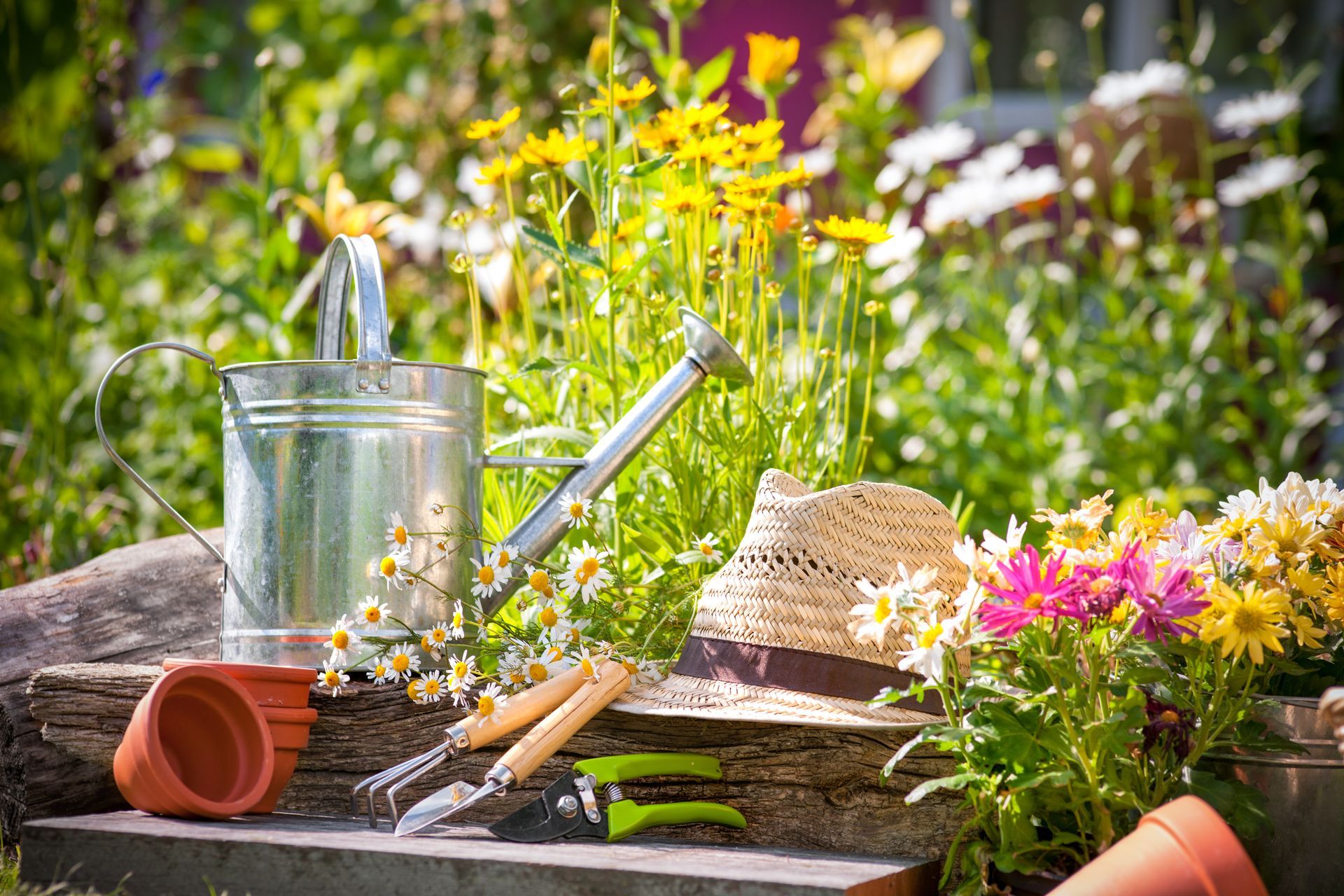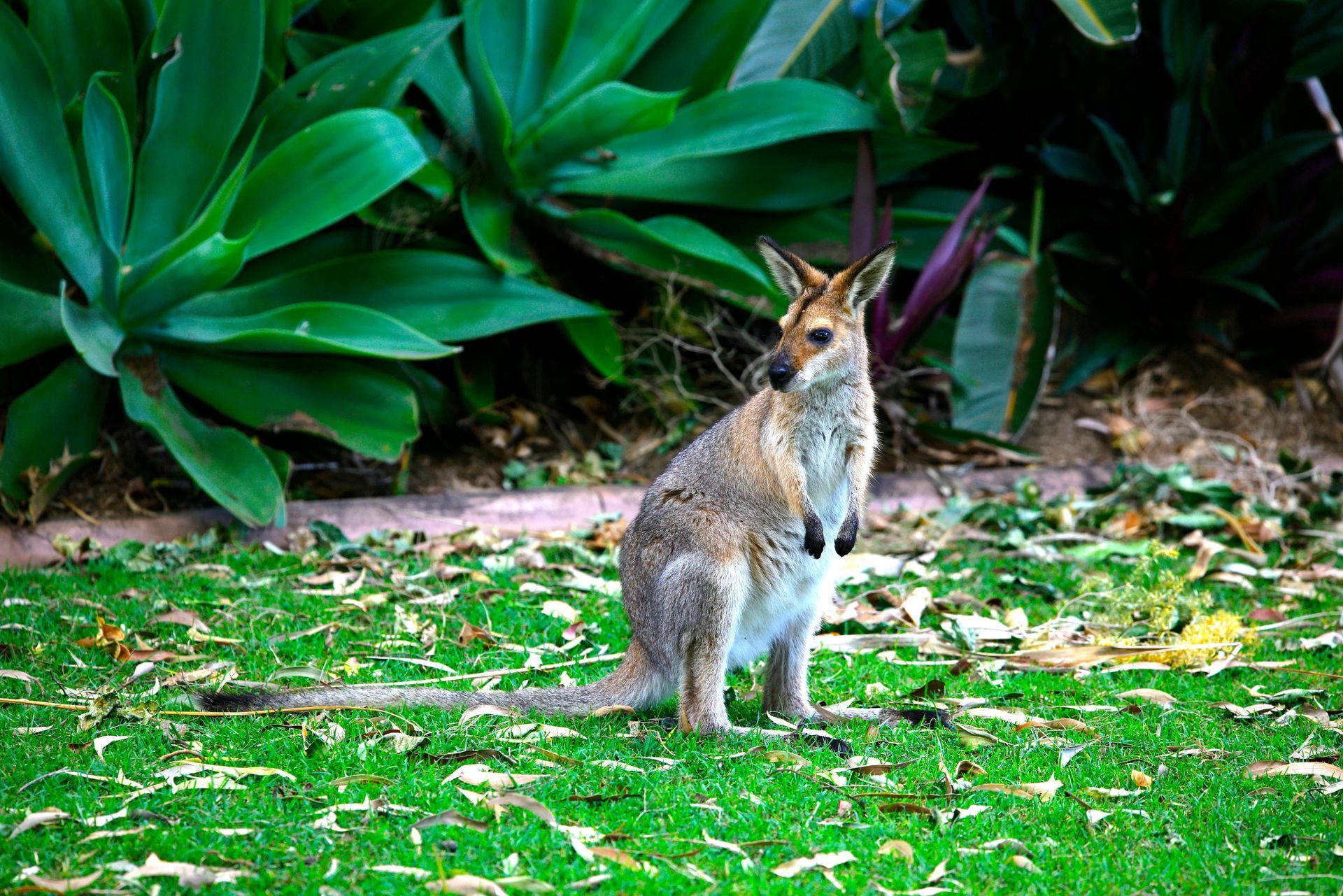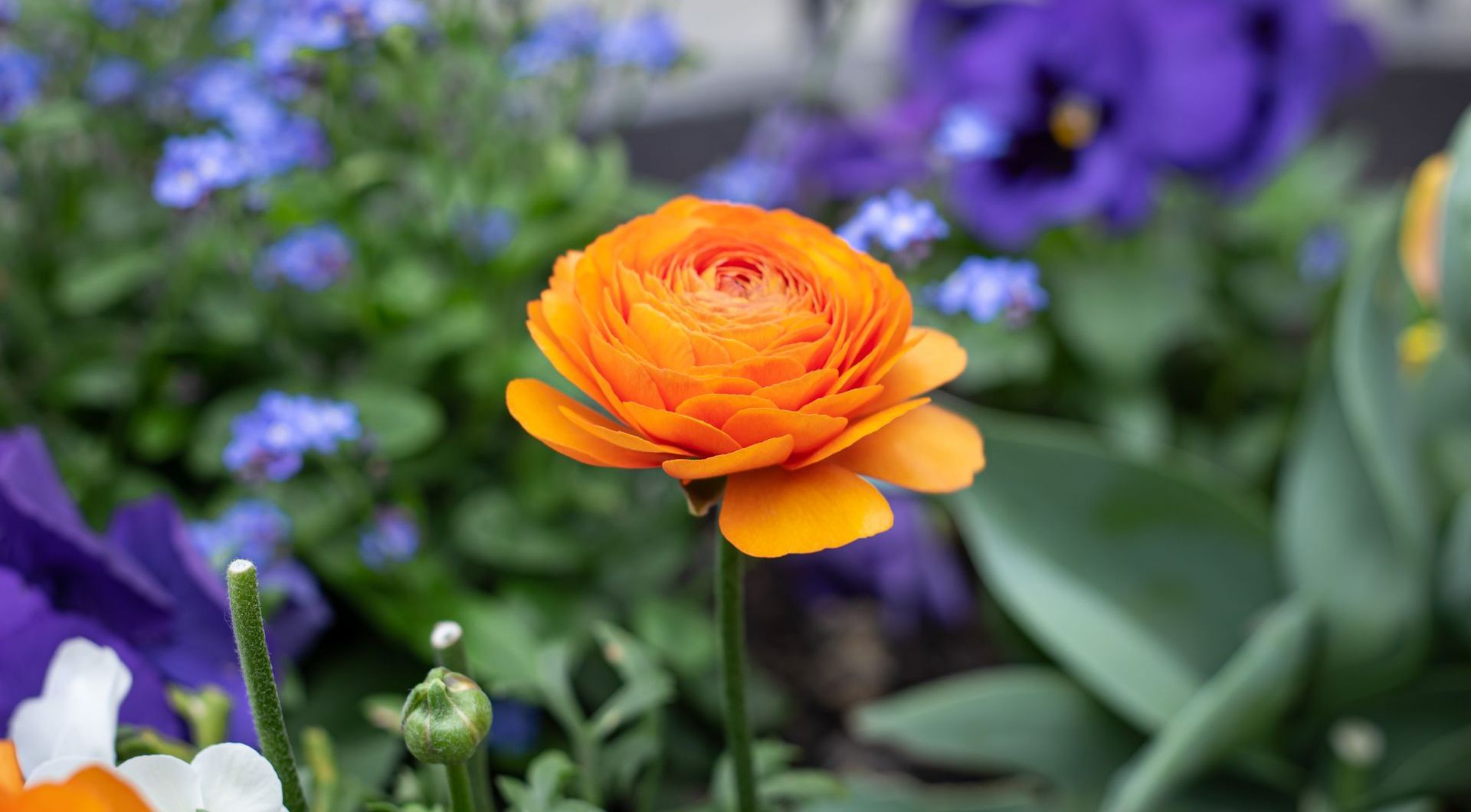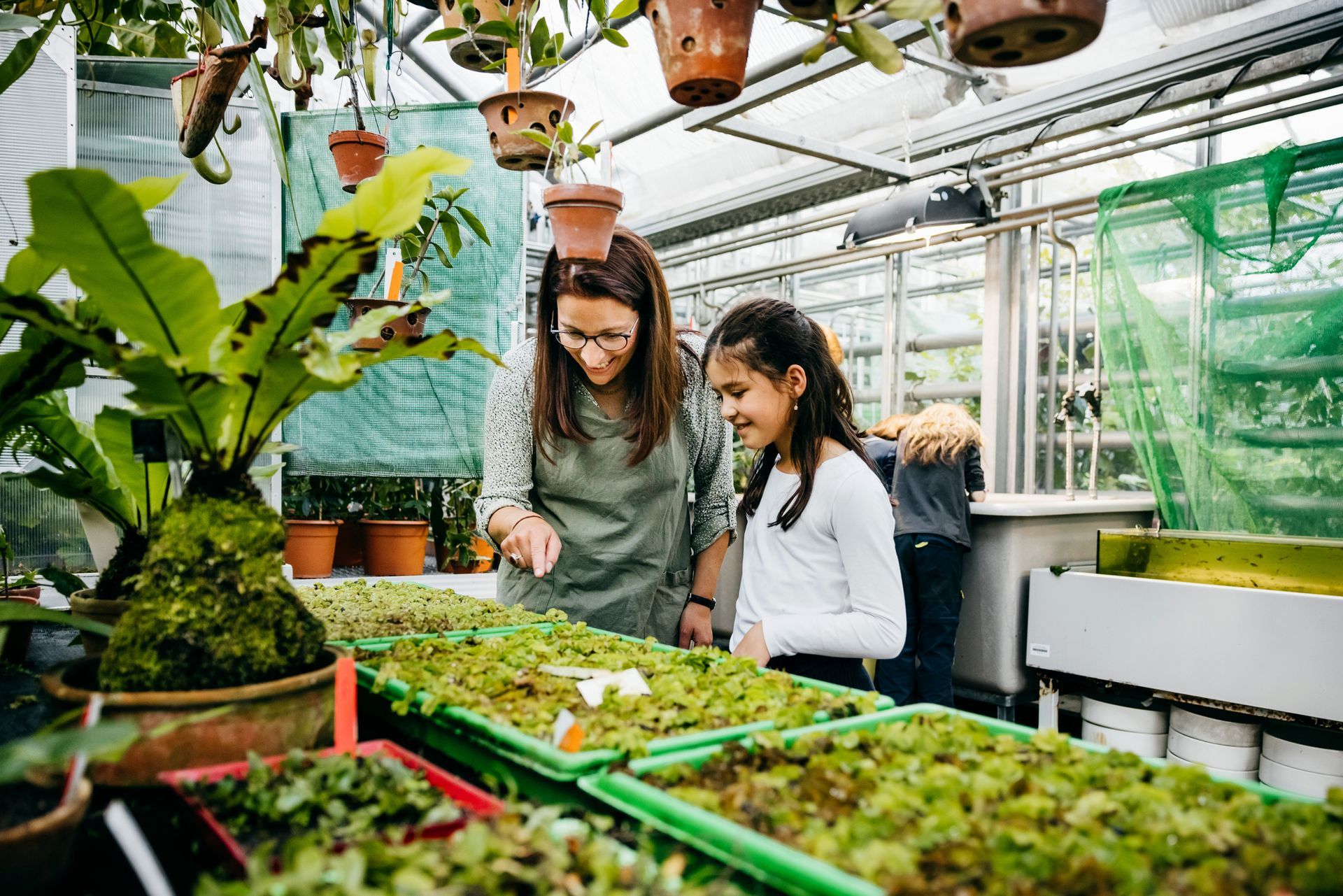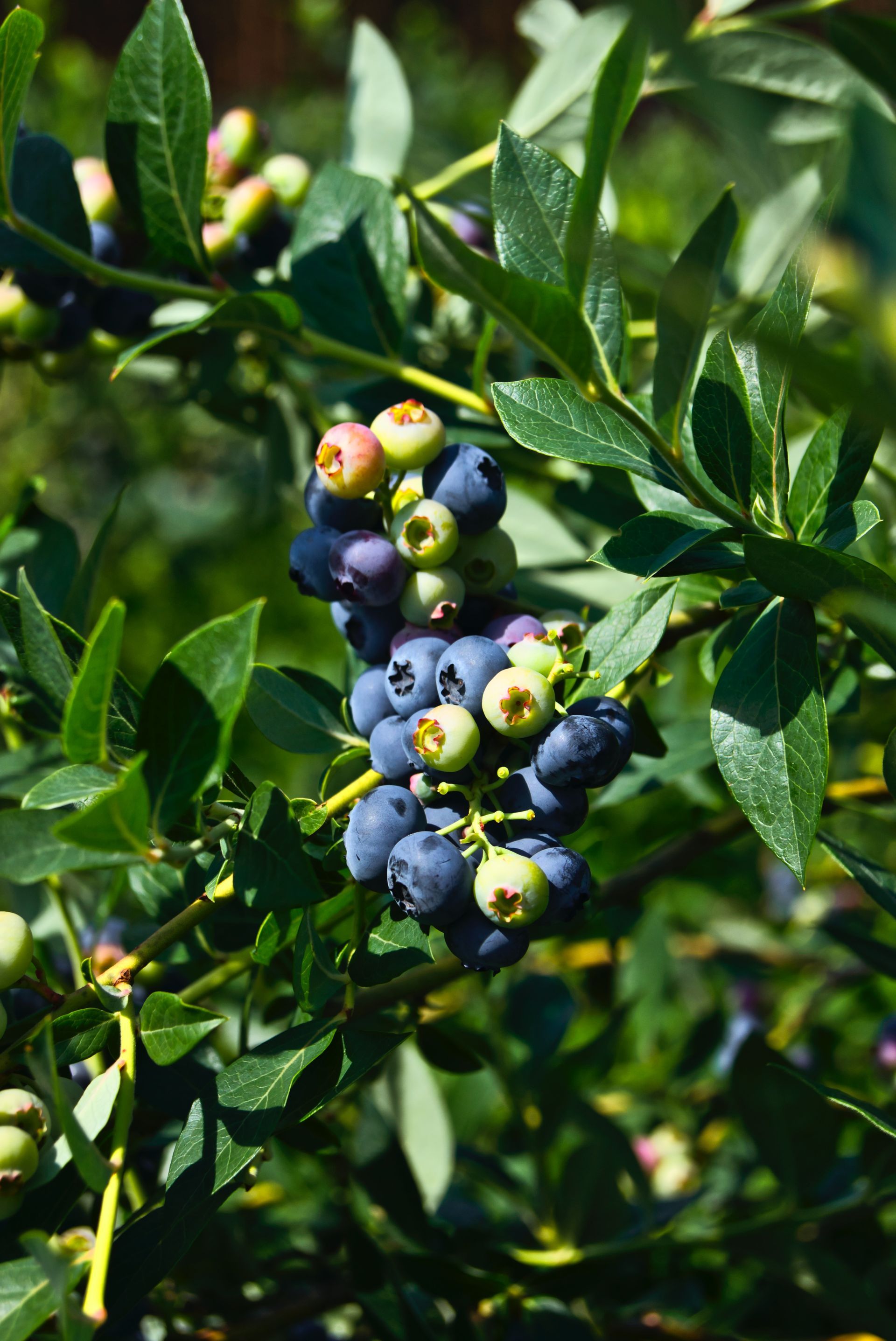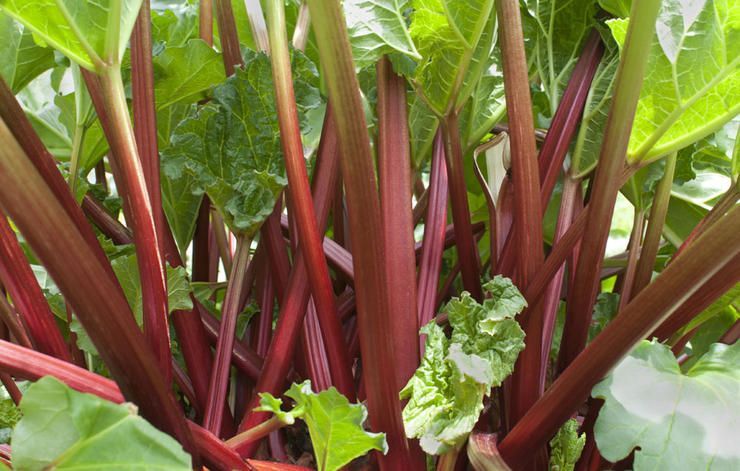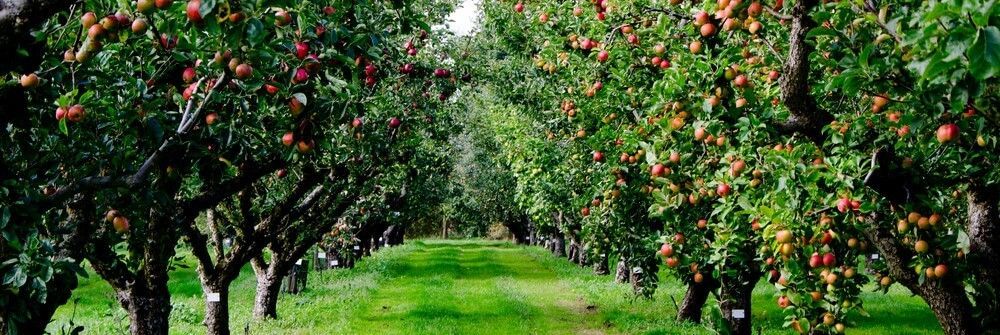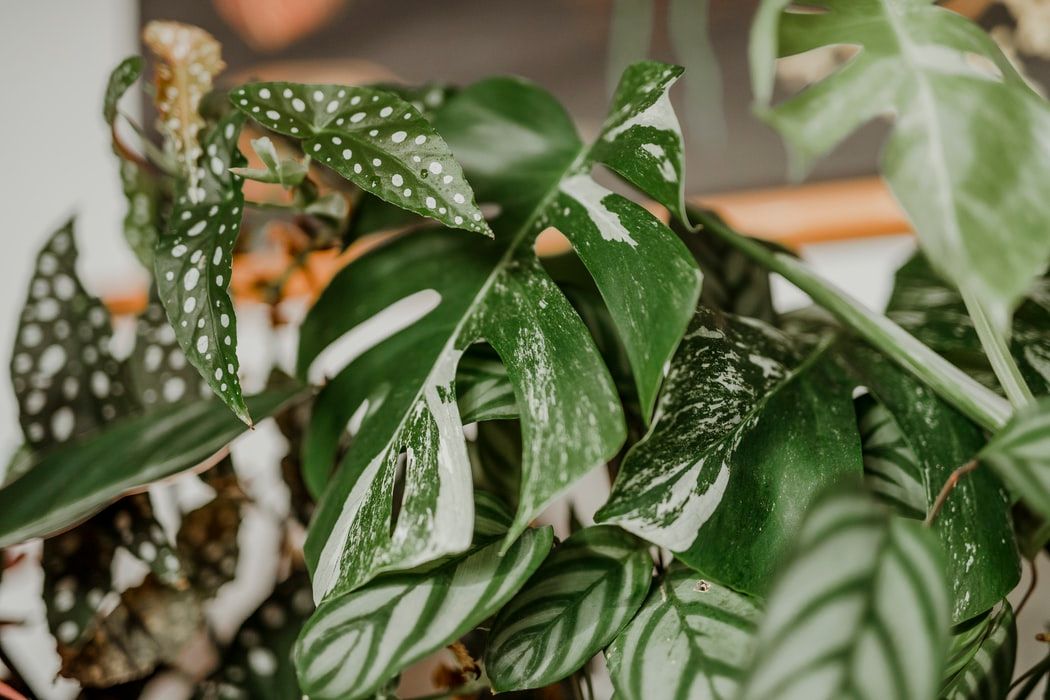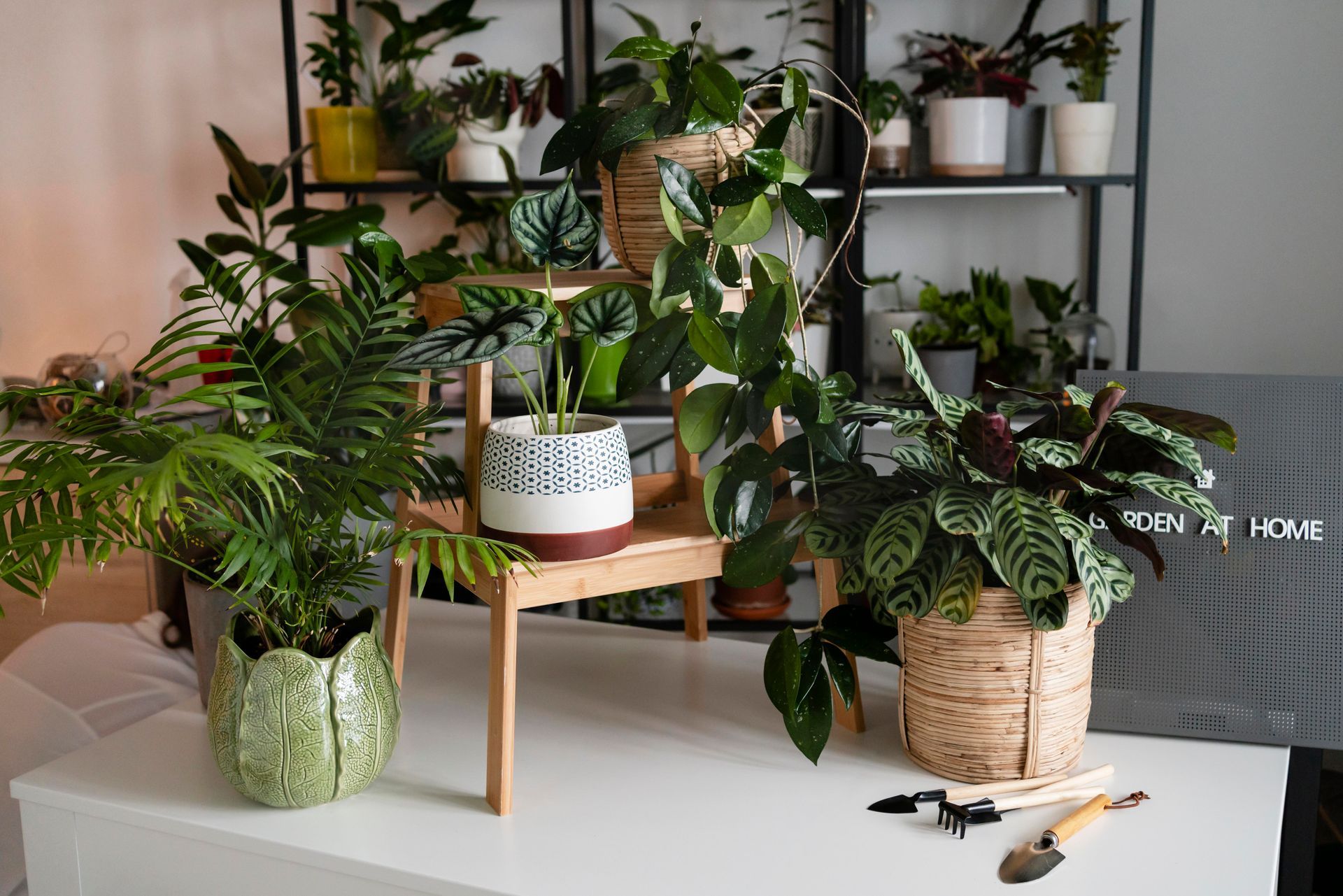Cabbages are a fantastic winter crop and are perfect for adding to soups, stews, and salads. Cabbages are planted from seeds or seedlings as the cooler season begins.
How to Grow Cabbage Successfully in Your Garden
Cabbage is a versatile, cool-season vegetable that’s easy to grow and packed with nutrients. Whether you're planting in a dedicated veggie patch or a raised bed, choosing the right variety and preparing your soil well will set you up for a productive and rewarding harvest. Here's everything you need to know about growing cabbage in Tasmania and other cool-climate regions.
Choosing the Right Cabbage Variety for Your Garden
When it comes to growing cabbage, selecting the right variety is key. Different types offer unique flavours, textures, and culinary uses — making it easy to find one (or several) that suit your garden and your kitchen.
- White (Cannonball) Cabbage – A classic and compact variety, White Cabbage forms tight, round heads and is known for its reliability and crisp texture. It’s perfect for coleslaw, stir-fries, or steaming.
- Savoy Cabbage – Easily recognised by its deeply crinkled leaves, Savoy has a mild, sweet flavour and tender texture, making it an excellent choice for fresh salads and light sautés.
- Red Cabbage – With its striking purple-red colour, this variety adds a vibrant splash to dishes. It has a slightly peppery flavour and is ideal for pickling, roasting, or shredding into slaws.
- Chinese Cabbage – This group includes Bok Choy and Pak Choy, fast-growing varieties widely used in Asian cooking. These cabbages are perfect for stir-fries, soups, and steamed vegetable dishes.
For continuous harvests, consider planting a mix of early, mid, and late-season varieties.
Preparing the Soil for Cabbage
Cabbage prefers well-drained, fertile soil enriched with organic matter. Taking time to properly prepare your garden bed will give your seedlings the best chance at thriving.
- Start by digging over the soil, breaking up any clumps and removing weeds, rocks, or old roots.
- Incorporate compost or well-rotted manure to boost soil structure and nutrient content.
- Add a handful of blood and bone to each planting area to supply essential nutrients like nitrogen and phosphorus, which support leafy growth.
- Aim for a soil pH between 6.0 and 6.8. If your soil is too acidic, applying a little garden lime can help balance it out.
Tip: Cabbage is a heavy feeder, so the richer the soil, the better your results.
Planting Cabbage Seedlings
Once your soil is prepared and the weather is right (cool and mild is best), it’s time to plant:
- Space seedlings around 30–40cm apart to give each plant enough room to form a full head.
- Water them in well after planting to settle the soil around the roots.
- To reduce transplant shock and encourage strong early growth, apply a seaweed-based tonic such as Seasol at planting and again after a week or two.
Position your cabbages in a full sun location, but keep an eye out for pests such as cabbage moths or aphids — especially in spring and early summer.
Tips for a Thriving Cabbage Crop
- Mulch around plants to retain moisture and suppress weeds.
- Keep plants well-watered, especially during dry spells — cabbage heads can split if the watering is inconsistent.
- Rotate crops each year to avoid soil-borne diseases and nutrient depletion.
- Consider using a light netting or mesh to protect young seedlings from insect pests.
Caring for Your Cabbages
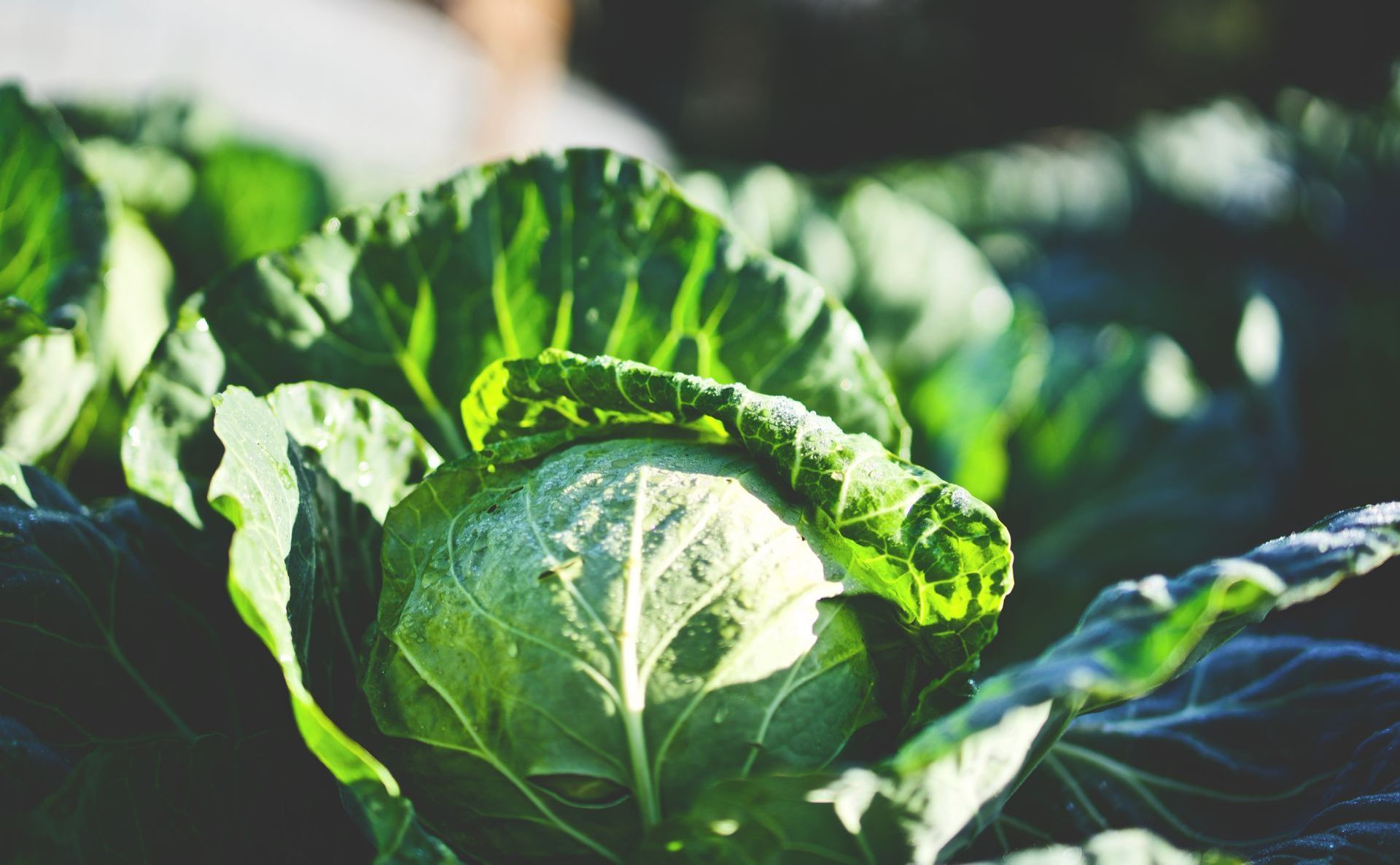
To ensure that your cabbages grow healthy and strong, there are a few things you will need to do. Firstly, you will need to water your cabbages regularly. Although cabbages are grown through winter, the soil needs to remain moist so be sure you give them a good soaking during dry periods.
You will also need to protect your cabbages from pests and diseases. Common cabbage pests include cabbage white butterflies, aphids, and caterpillars. To prevent these pests from damaging your plants, you can cover them with a fine mesh netting. You can also use organic pest control methods such as neem oil or pyrethrum spray.
Find Quality Cabbage Seedlings at Stoneman’s Garden Centre
At Stoneman’s Garden Centre, we stock a wide variety of cabbage seedlings, including popular traditional and Asian greens, all suited to our Tasmanian climate. We also offer organic composts, fertilisers, and expert advice to help you grow your most successful vegie crop yet.
Visit us in-store or shop online today and get your winter vegetable garden off to a strong, leafy start!
Let me know if you'd like this turned into a printable handout or shortened for social media!

